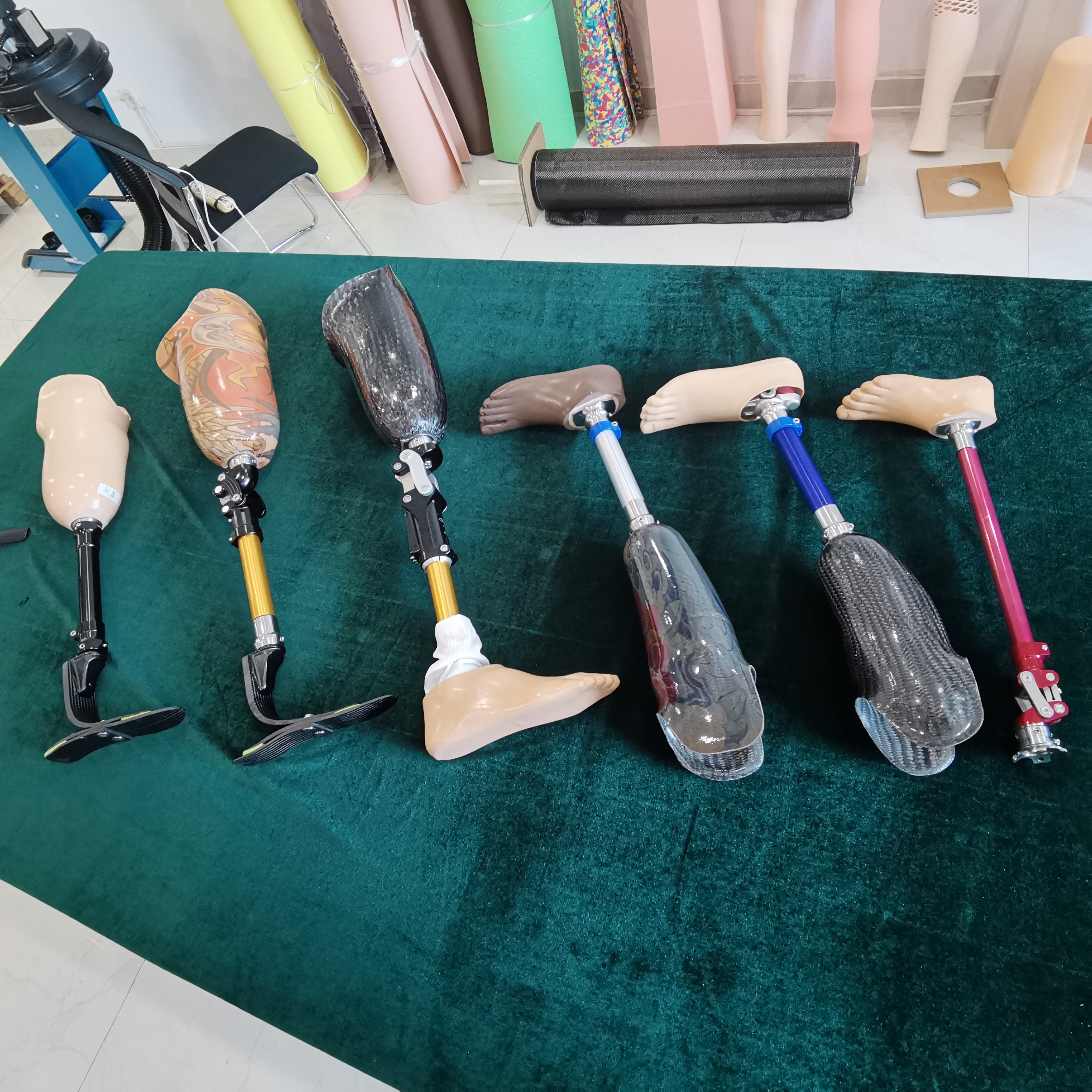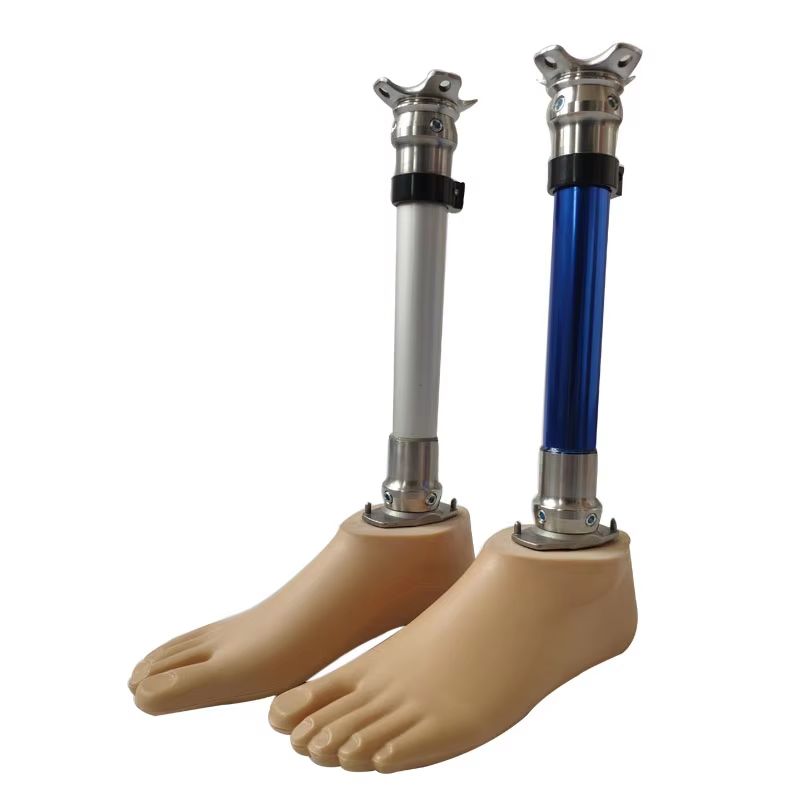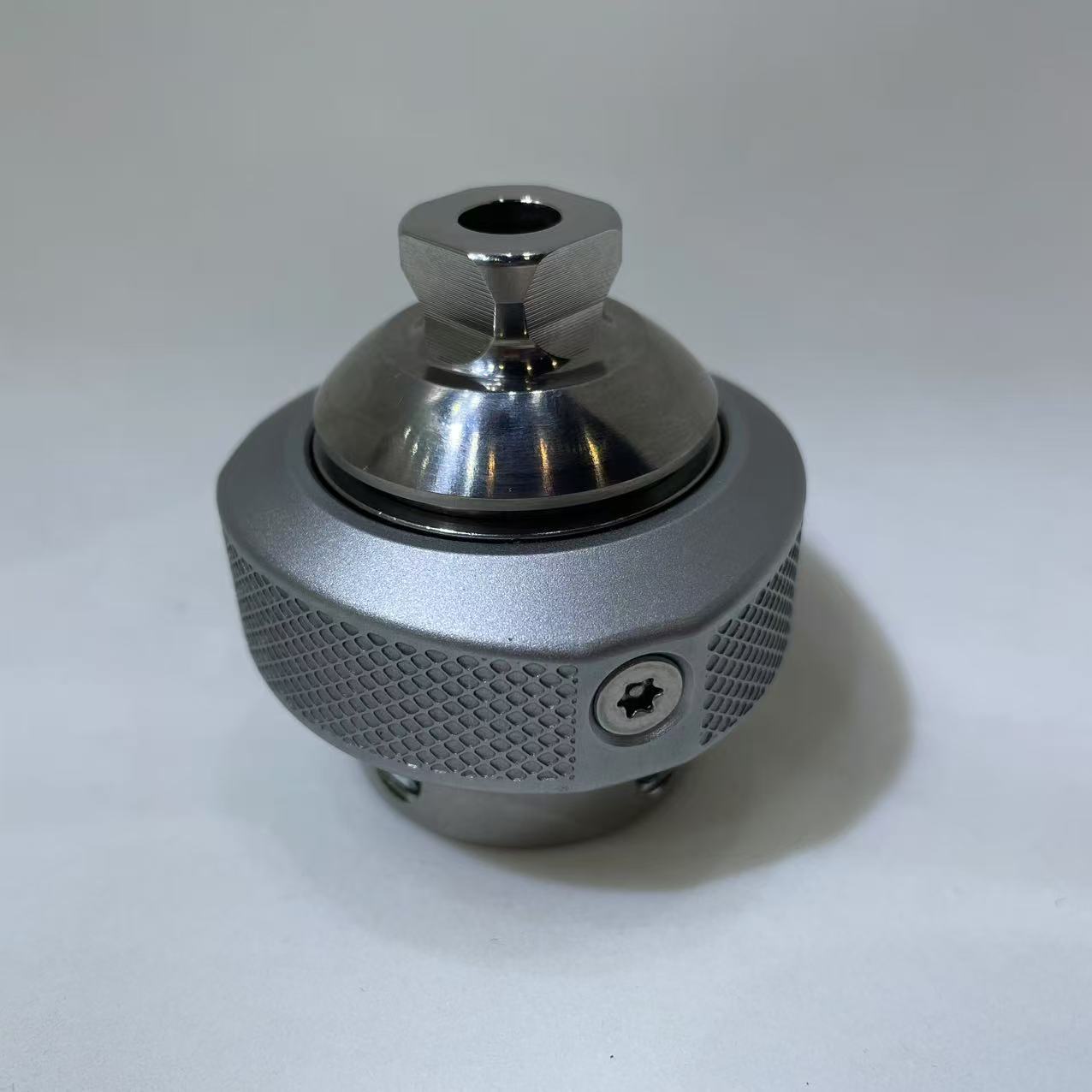Understanding Prosthetic Leg Joints: A Gateway to Mobility and Independence
Release Time:
Apr 04,2025
Prosthetic leg joints are vital components of lower limb prosthetics, designed to replicate the natural movement and functionality of the human leg. These joints are engineered for individuals who have experienced limb loss due to injury, disease, or congenital conditions, providing them with enhanced mobility and independence. Understanding the mechanics and advancements in prosthetic leg joints
Prosthetic leg joints are vital components of lower limb prosthetics, designed to replicate the natural movement and functionality of the human leg. These joints are engineered for individuals who have experienced limb loss due to injury, disease, or congenital conditions, providing them with enhanced mobility and independence. Understanding the mechanics and advancements in prosthetic leg joints can illuminate their significance in the field of rehabilitation and orthopedic medicine.
At the core of prosthetic leg joints is the ability to mimic the natural motion of the knee and ankle, which is crucial for walking, running, and engaging in daily activities. Modern prosthetic joints employ advanced materials and engineering techniques to ensure durability, lightweight design, and adaptability. These joints often feature hydraulic or pneumatic systems that allow for smoother motion, enabling users to navigate various terrains with ease.
The development of microprocessor-controlled prosthetic joints has revolutionized the field. These cutting-edge devices use sensors to detect the user’s movement and adjust the joint's resistance accordingly. For example, when the user prepares to ascend stairs, the joint can stiffen to support the additional weight. Conversely, when walking on a flat surface, the joint can soften for a more natural gait. This technology not only improves comfort but also enhances safety and reduces the energy expenditure required for mobility.
Another essential aspect of prosthetic leg joints is customization. Every individual has unique needs based on their lifestyle, level of activity, and preferences. Therefore, prosthetic leg joints can be tailored with various features, such as adjustable alignment and swing phase control. This personalization is integral to ensuring optimal performance and user satisfaction.
In addition to physical advancements, psychological support also plays a crucial role in the success of prosthetic limb use. Users may face emotional challenges as they adapt to their new limb, and having a well-functioning prosthetic leg joint can significantly impact their confidence and motivation. Ongoing support from healthcare professionals, including physical therapists and prosthetists, can foster a more positive experience as individuals navigate their rehabilitation journey.
In conclusion, prosthetic leg joints represent a remarkable fusion of engineering, medicine, and human resilience. With continuous advancements in technology and a deeper understanding of user needs, these devices are becoming increasingly sophisticated, enhancing the quality of life for countless individuals. Whether through improved mobility, comfort, or psychological support, the impact of prosthetic leg joints extends far beyond physical movement, offering users a chance at renewed independence and an enriched life.
Keywords:
You Can Also Learn More About Industry Trends







